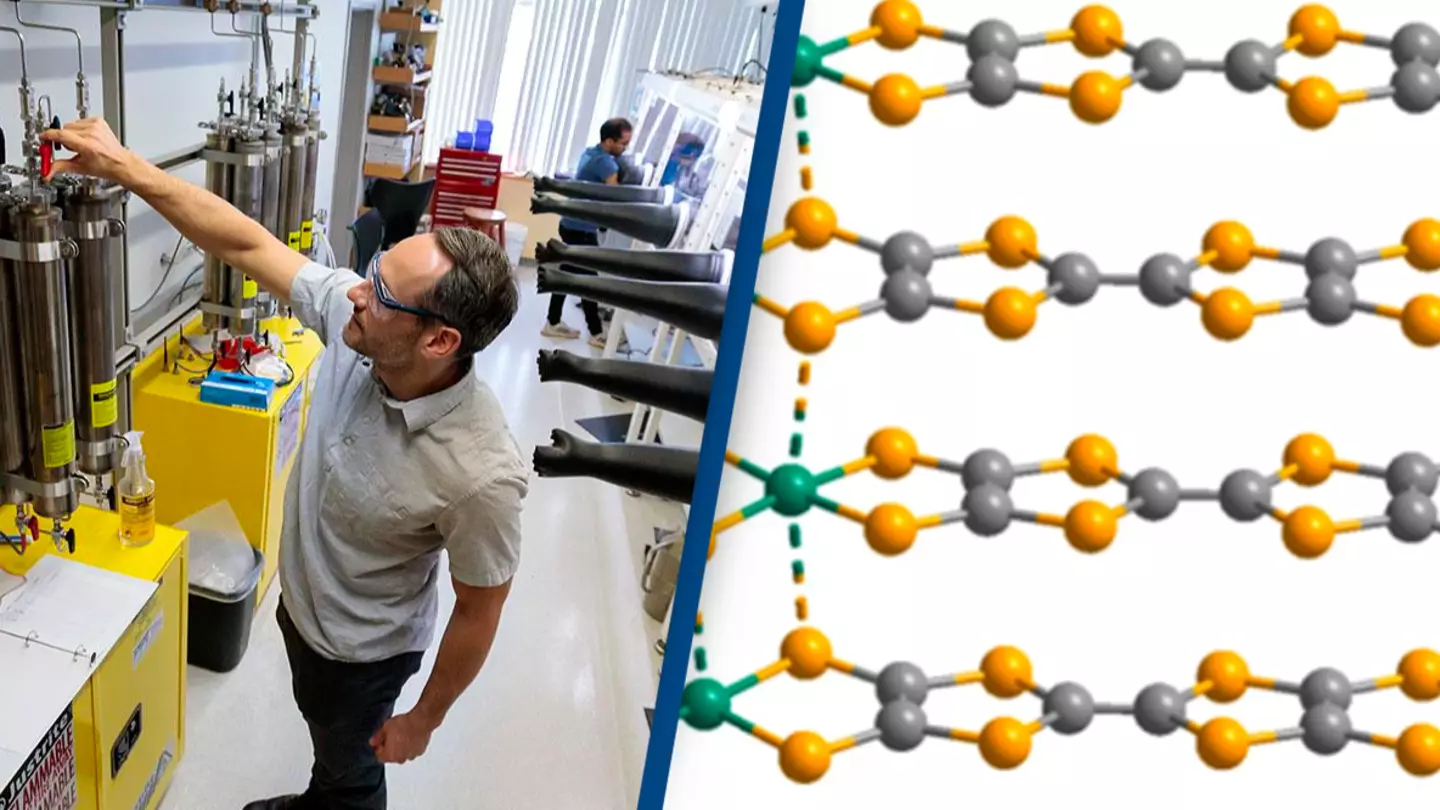
A group of scientists have created a brand-new material, one that they actually can't explain.
The material can be made like plastic but conducts electricity like a metal would - which has left scientists confused.
Researchers say the discovery goes against what scientists would usually expect to see and could lead to new breakthroughs.
The bizarre discovery was made by a group of scientists and the University of Chicago.
In a blog post put out by the university, they described the scientific discovery as 'seeing a car driving on water and still going 70 mph', such was their surprise.
Advert
John Anderson, an associate professor of chemistry at the University of Chicago and the senior author on the study, said: "In principle, this opens up the design of a whole new class of materials that conduct electricity, are easy to shape, and are very robust in everyday conditions."
Jiaze Xie, the first author on the study, added: "Essentially, it suggests new possibilities for an extremely important technological group of materials."
For many years, scientists have created conductive metals of all kinds, allowing us to have different electrical items from a TV to our mobile phone.

Advert
Despite the varied kinds, the conductive materials do share similarities - they are all made up of atoms or molecules that run in a straight line.
Previously, scientists thought that was required to effectively conduct electricity.
But much to the scientist's astonishment, the new material easily and strongly conducted electricity, while also remaining stable.
Xie said: "We heated it, chilled it, exposed it to air and humidity, and even dripped acid and base on it, and nothing happened."
Advert
Anderson added: "From a fundamental picture, that should not be able to be a metal. There isn’t a solid theory to explain this."
After their discovery, Xie, Anderson and the other scientists went back to try and understand how the material could conduct electricity.
After many tests, they found out the material forms layers, comparing it to sheets in a lasagna.
The blog post read: "Even if the sheets rotate sideways, no longer forming a neat lasagna stack, electrons can still move horizontally or vertically—as long as the pieces touch."
Advert

Anderson added: "It’s almost like conductive Play-Doh—you can smush it into place and it conducts electricity."
Despite the uncertainty, scientists are excited by their discovery, as they say it 'suggests a fundamentally new design principle for electronics technology'.
Topics: Science, Technology
